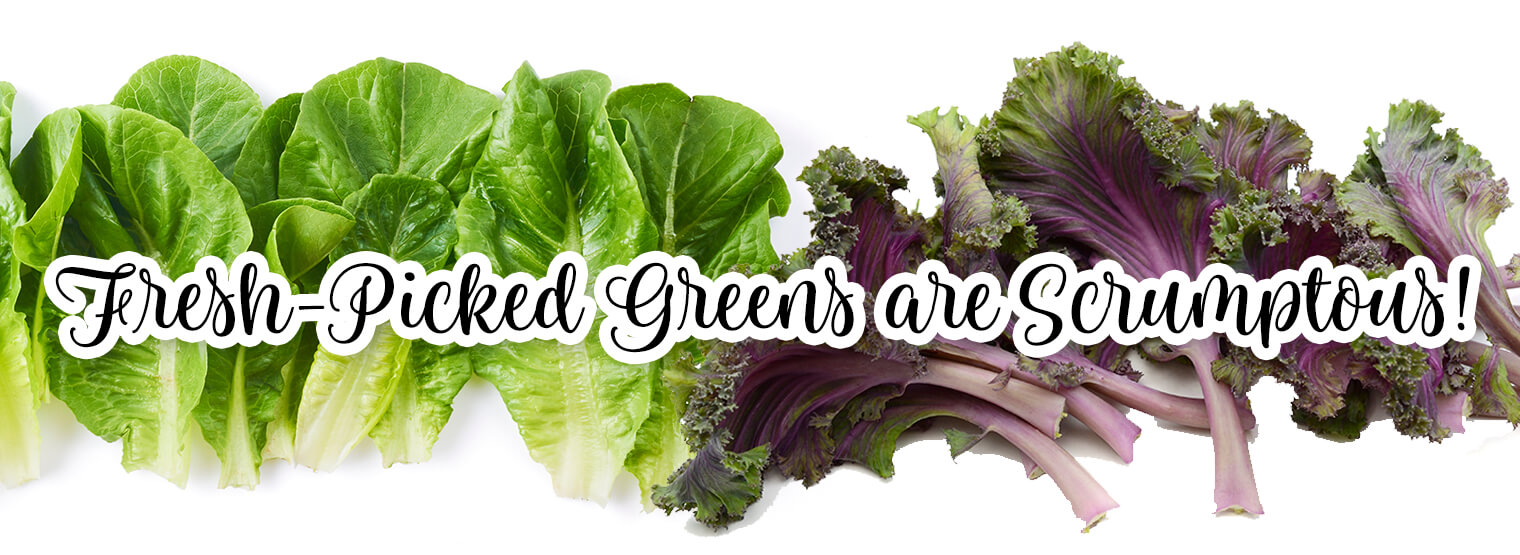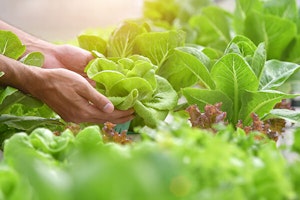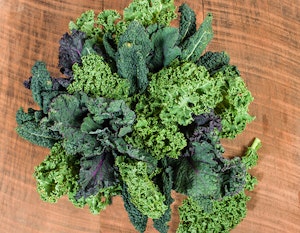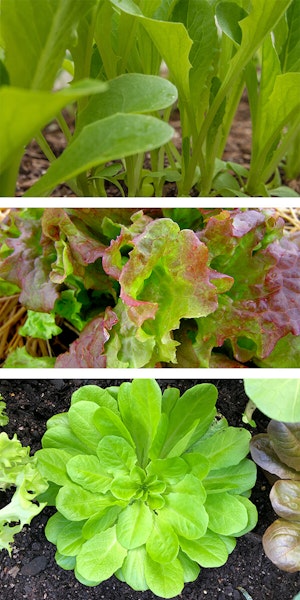 Be Inspired Blog - Arizona
Be Inspired Blog - Arizona

The Benefits Of Growing Your Lettuce & Kale At Home
When it comes to grocery shopping and putting food on the table, many people are interested in two things: the price and convenience of food. However, if you also consider where the food came from and the possible chemicals farmers used on it, you may opt for the slightly more expensive organic route. So why not take the first step and start growing your lettuce and kale at home instead?
Start Growing More Greens for a Happier Budget
 Organic options have a slightly higher markup price than other produce because technological innovations in production are not up to the market’s demand of organic food. However, if you decide to try growing your lettuce and kale at home, you can give your budget a break! In addition to expecting a lettuce harvest within 3-4 weeks, you can actually grow a continuous supply year-round. If you could imagine how many times you buy your greens from the market, you can visualize how much money you’re saving. As demonstrated by author and gardener Peter Burke, you can see how growing an “Indoor Salad Garden” is a simple process that can also reduce your carbon footprint.
Organic options have a slightly higher markup price than other produce because technological innovations in production are not up to the market’s demand of organic food. However, if you decide to try growing your lettuce and kale at home, you can give your budget a break! In addition to expecting a lettuce harvest within 3-4 weeks, you can actually grow a continuous supply year-round. If you could imagine how many times you buy your greens from the market, you can visualize how much money you’re saving. As demonstrated by author and gardener Peter Burke, you can see how growing an “Indoor Salad Garden” is a simple process that can also reduce your carbon footprint.
Buying Organic Doesn’t Necessarily Mean Growing Without Chemicals
According to Defining Ideas, A Hoover Institution Journal, consumers are being misled about organic agriculture’s lack of pesticide use. Among 20+ different types of chemicals are being used through insecticides and fungicides in the growing and processing of organic crops. These chemicals are acceptable by the U.S. Department of Agriculture and some of these pesticides are more toxic than the ones used in ordinary farming.
By growing your lettuce and kale at home, you’re taking the first step to being more environmentally conscious as well. Organic farming may work well for certain local environments on a small scale, but another flaw is that its low yields are hugely wasteful of water and farmland. So instead of buying organic produce in the hopes of having less chemicals in your food, you now have the option of growing at home instead and knowing they’re chemical-free. With choosing to plant lettuce and kale in your garden, you can save money, time and worry.
Growing Kale Is Relatively Easy
 With the nutritional benefits from eating kale, why wouldn’t you want this growing in your garden? Kale is a low-calorie food which is high in fiber and full of vitamins, minerals and powerful antioxidants that provide countless benefits to your body. As explained by Cornell University’s growing guide, almost no care is needed for kale because they are one of the hardiest of vegetables that can withstand varying temperatures from 42°-to-95° Fahrenheit. You can have kale ready to harvest in your house containers 7 weeks after planting. Sometimes kale can be a bit bitter, however there are many different varieties to choose from to suit your fancy. Purple Kale and Red Russian Kale are two popular varieties.
With the nutritional benefits from eating kale, why wouldn’t you want this growing in your garden? Kale is a low-calorie food which is high in fiber and full of vitamins, minerals and powerful antioxidants that provide countless benefits to your body. As explained by Cornell University’s growing guide, almost no care is needed for kale because they are one of the hardiest of vegetables that can withstand varying temperatures from 42°-to-95° Fahrenheit. You can have kale ready to harvest in your house containers 7 weeks after planting. Sometimes kale can be a bit bitter, however there are many different varieties to choose from to suit your fancy. Purple Kale and Red Russian Kale are two popular varieties.
You can pick up the following types of kale at your local SummerWinds:
- Nero Di Toscana-Dinosaur (aka Tuscan Kale, Cavalo Nero, Lacinato Kale, Dinosaur Kale)* - An Italian variety with dark blue-green, long, slender leaves. Leaves have more ripples and bumps than curls. Most often used in stews and soups.
- Red Russian (aka Ragged Jack)* - An heirloom variety with blue-green to purple-red leaves that resemble elongated oak leaves. Has a semi-sweet taste and is excellent when eaten raw in salads.
- Dwarf Blue** - Often used when making kale chips, this variety boasts very curly leaves that provide an excellent crunch! Wonderfuly tender when eaten as a raw baby green. As they grow, they are tastier when braised or sauteed.
Sources: * https://www.chowhound.com/food-news/177634/ultimate-guide-to-using-different-types-of-kale/ | ** https://www.familyfoodgarden.com/growing-kale-plants-choosing-kale-varieties/
 You Can Grow a Variety of Lettuces
You Can Grow a Variety of Lettuces
At SummerWinds Nursery, we offer a variety of lettuces to choose from, including those listed below:
Romaines
- Parris Island Romaine (shown top right)
- Romaine
- Romaine Red
Loose-Leaf Lettuces
- Simpson Elite
- Red Sails (shown center right)
- Red Leaf
Other
- Buttercrunch – a type of bibb lettuce (shown bottom right)
- Salad Blend
If you’re new to growing produce, things may appear intimidating at first, but rest assured there are several ways to do it. By choosing to grow them in your backyard and in raised beds or containers, you are also beginning the seeds of a growing love for edible planting. If you’re unsure on how to proceed, you can speak to one of our expert gardening advisors! To learn more about growing your own tasty garden, click the button below.
-

